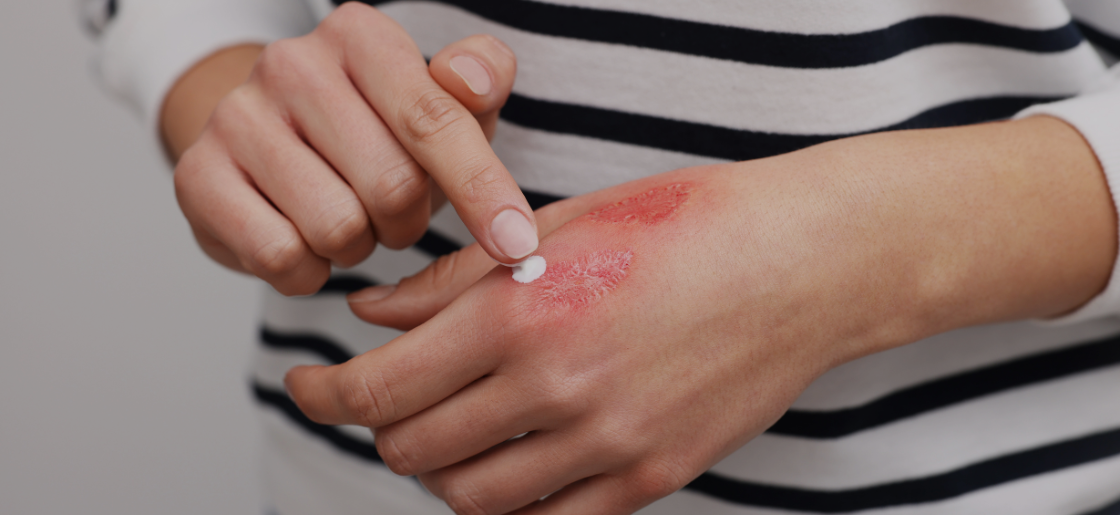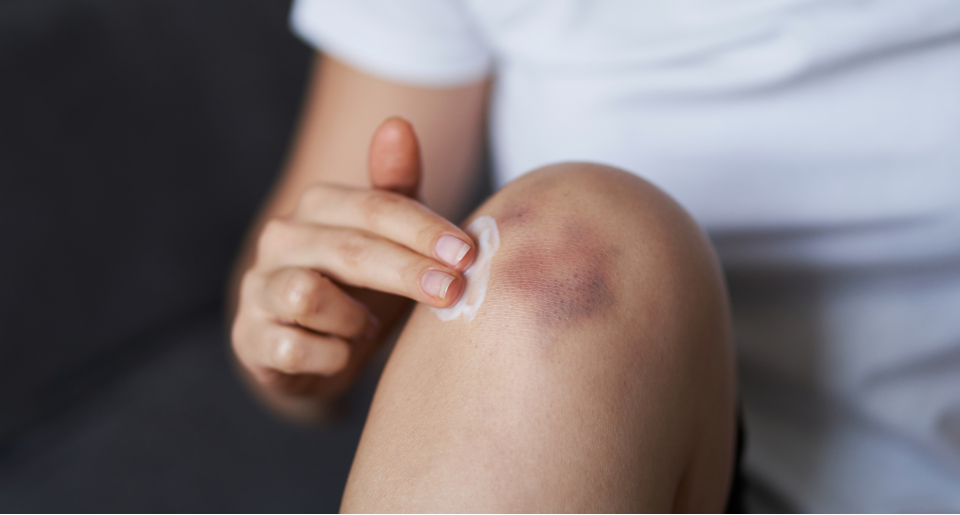Topical Antiseptics for Burns: What You Need to Know
Burns are among our most common injuries, whether unintentionally touching a hot stove, using a curling iron, or receiving too
Burns are among the most common injuries we encounter, whether from a hot stove, a curling iron, or even the sun. Proper treatment is crucial for quick and effective healing, and one of the essential steps in burn care is using a topical antiseptic. But with so many options, how do you know which one is best for your needs?
Types of Burns
Before jumping into treatment, it’s important to understand the different kinds of burns:
- First-degree burns: These affect the outer layer of the skin (epidermis). They cause redness, swelling, and mild pain but generally heal quickly.
- Second-degree burns: These go deeper, affecting both the epidermis and the dermis. Blisters, severe pain, and sometimes scarring can occur.
- Third-degree burns: These are severe burns that damage all layers of the skin, often leaving the area white or charred. You should always seek medical help for these.

For minor burns, such as first-degree or small second-degree burns, you can treat them at home using a topical antiseptic like Soframycin to help prevent infection and aid in healing.
Why Topical Antiseptics Matter
Burns weaken the skin’s natural barrier, making it easier for bacteria to get in and cause infections. Using an antiseptic cream like Soframycin helps protect the skin and promotes healing. By forming a protective layer, it reduces the risk of infection and helps burns heal faster.
Why Use Soframycin Skin Cream?
Soframycin skin cream is an excellent choice for treating minor burns. Unlike heavier ointments, it absorbs quickly into the skin, providing relief without leaving a greasy residue. Its antiseptic properties help prevent infections, and it’s gentle enough for regular use at home.
While other antiseptics like silver sulfadiazine are used for more severe burns in hospitals, Soframycin is safe and effective for everyday minor burns, making it perfect for home use.

Step-by-Step Guide to Healing Burns at Home
Here’s how you can treat a burn properly using Soframycin skin cream:
- Cool the burn: Run cool water over the area immediately after a burn for at least 10 minutes. This helps reduce pain and swelling.
- Apply Soframycin: Once the burn has cooled, gently apply a thin layer of Soframycin to the affected area. It helps prevent infection and encourages faster healing.
- Cover the burn: Use a clean, sterile bandage or a non-stick gauze pad to protect the burn from dirt and bacteria.
- Moisturize: Keeping the area moisturized can help prevent scars. You can continue using Soframycin during the healing process to support skin repair.
- Monitor for infection: Keep an eye on the burn for signs of infection, such as increased redness, swelling, or pus. If you notice any of these, it’s best to consult a doctor.

Handling Burn Blisters
If you have blisters from a second-degree burn, resist the urge to pop them. Blisters act as a natural barrier against infection. Instead, apply Soframycin and cover the area with a clean, non-stick dressing. If the blister breaks on its own, gently clean the area with lukewarm water, reapply Soframycin, and cover it again.
How Antiseptics Help in Burn Healing
Using antiseptics is a key step in burn care. Studies show that infections in burn wounds can lead to serious complications. Applying a good-quality antiseptic like Soframycin skin cream significantly reduces the risk of infection and promotes a smoother healing process.
Choosing the Right Product for Burn Care
When treating burns at home, it’s crucial to pick the right antiseptic. Soframycin is an excellent choice for minor burns because it is:
- Gentle on the skin: Perfect for sensitive skin and minor burns.
- Fast absorbing: It doesn’t leave a greasy feeling, making it comfortable to use.
- Effective: It protects against infection and helps speed up the healing process.
Conclusion
Burns can be scary, but with the right care, they don’t have to be. You can treat minor burns at home with Soframycin skin cream. Cooling the burn, applying the cream, and keeping it covered gives your skin the best chance to heal correctly. Always seek medical help for more serious burns, but for minor ones, Soframycin has you covered. Remember, quick and proper care makes all the difference when it comes to healing burns and preventing infections.

